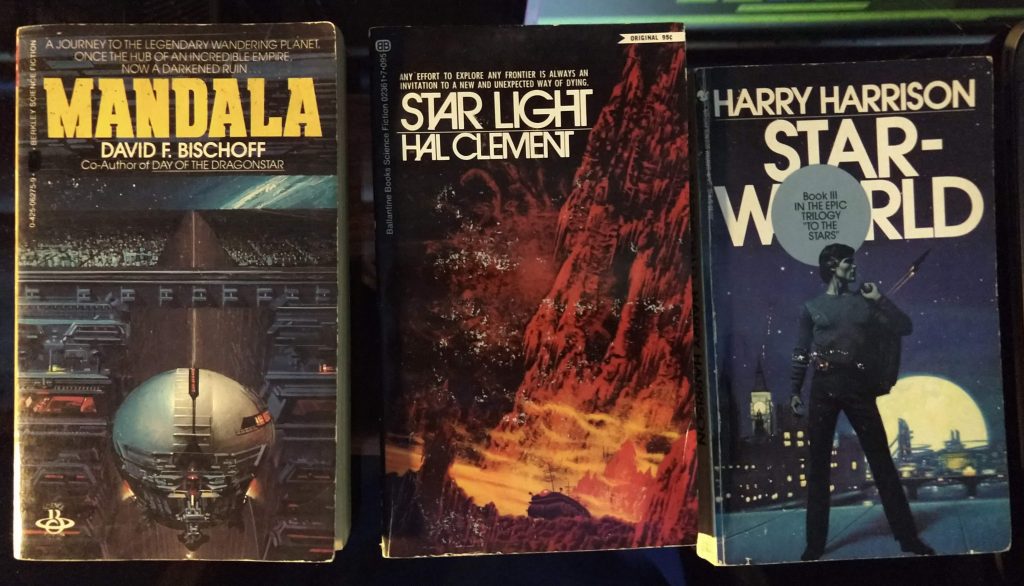- Orchestral Study #1 (flowing and hymn-like)
- Orchestral Study #2 (driving and chaotic)
- Orchestral Study #3 (adagio with melisma)
- Orchestral Study #4 (allegro)
- Orchestral Study #5 (variations)
- Orchestral Study #6 (space)
- Orchestral Study #7 (dialogue)
- Orchestral Study #8 (toccata)
- Orchestral Study #9 (seven interludes)
- Orchestral Study #10 (rupture, slowed down and from different angles)
- Orchestral Study #11 (a crowd, disassembled)
- Orchestral Study #12 (thesis)
My original intent (which, if all previous intentions are any model, was destined to be diverted) was to open with quiet statements, work to a “tapestry of sound,” then return to a variation on the initial statements. I saw a horizontal shape, expanding and then returning.
I watched Berg’s Wozzek when I was in the middle of the piece (needing the insight but contradictorally worried that it would dilute any originality), and was reminded of its brilliance. I know many of the melodies from college but it’s also notable theatrically. It did end up giving me some ideas to break out from repeated-eighth-note lines and try to be more rhythmically varied.
- Theme A in eighth notes, varying between 2/8, 3/8, and 4/8, with the melody in flutes, oboes, and violins.
- Theme B as a chord progression, transitions blurred with exaggerated anticipations and suspensions and non-harmonic tones (of a sort, without a reference key). Melodic decorations in the winds as call and response or a shared melody, ending with repeated note decorations.
- Theme C as melodic chattering, call/response/shared melody between winds and strings.
- Theme A repeated, modified with extended phrases injected.
- Theme B repeated, modified with extended chords at the end. Repeated note melodic decorations.
- A short canon.
- Theme C repeated in style, but with a single voice, spaces left for the absence participants.
(ABCABC)
I am starting to be more conscious of when I need to let silences and scarcity fill a statement. It takes close listening to know when and where those silences need placed. I’m better at not letting percussion take over a section. Less/more and all that.
Next up: The last one. I honestly have no idea what direction I’ll go. Although it sounds silly, a new piece every month has been somewhat exhausting. I think about Wozzek (and am now re-watching Berg’s Lulu, produced by William Kentridge, amazing for different reasons) but also feel like I need to go back to tonality. The first days of the month are always a pause to clear the head.
orchestral-study-11